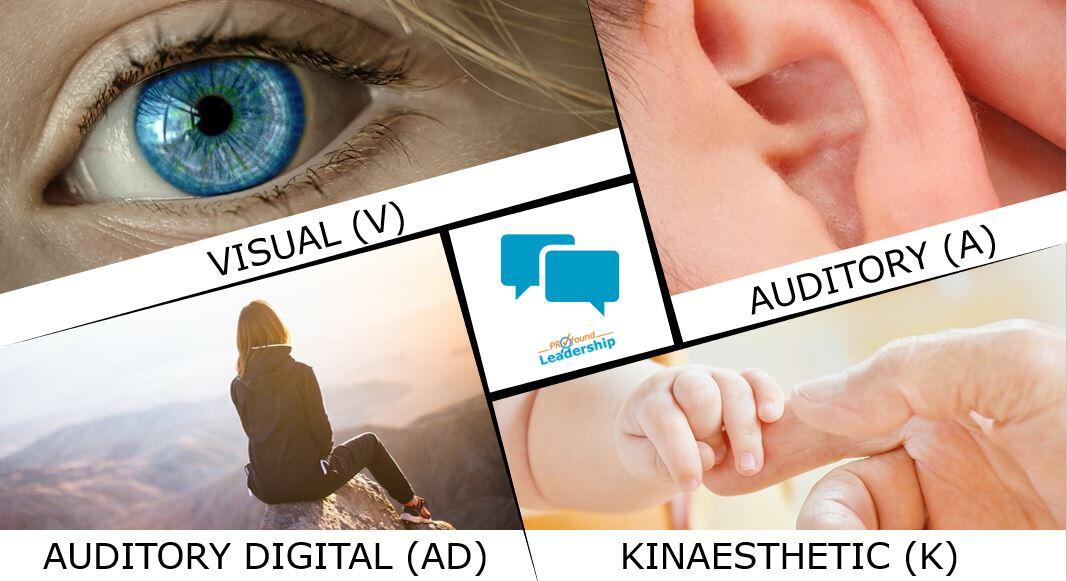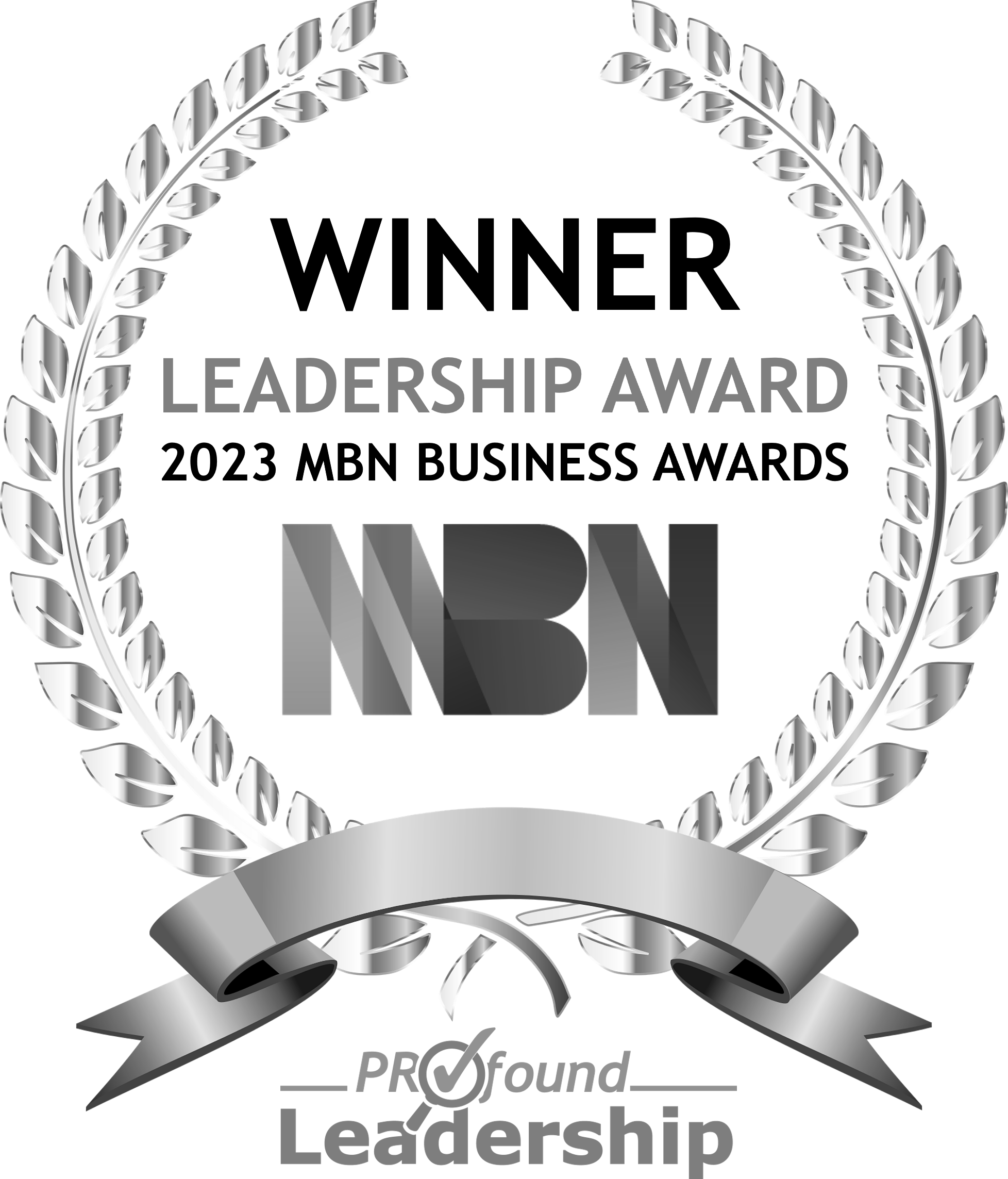How to build strong business relationships by speaking the other person’s language

[3 min read]
The ultimate tool to establish rapport and communicate effectively.
People are usually more receptive to people like themselves. Building rapport is something you can tap into and use, to communicate more effectively and produce profound results.
Rapport is defined as “a state of trust and responsiveness where your words become the other person’s thoughts.” It is similar to trust; a state of harmonious understanding with somebody else or even a group of people. It is the ability to enter someone’s world and have them feel that you understand them and that you’re with them, and therefore improving communication between various parties.
Resistance is a sign of lack of rapport. ~ NLP Presupposition
An excellent way to build rapport with written and verbal communication is the use of the ‘Primary Representational System’, which is essentially our personal learning style and situational response approach, meaning how we best absorb information and/or respond to an event. For you as a manager and leader, it is beneficial to recognise your team members’ and stakeholders’ representational system and begin to ‘speak their language’.
The Representational Systems can be explained as follows:
- Visual (V) – What we see
- Auditory (A) – What we hear
- Kinaesthetic (K) – What we sense/feel
- Auditory Digital (AD) – What we tell ourselves
- Olfactory (O) – What we smell
- Gustatory (G) – What we taste
Let’s focus on the four primary representational systems in more detail:
V: Visual or Seeing
 People who are visual often stand or sit with their heads and/or bodies erect, with their eyes up. They will be breathing from the top of their lungs. They often sit forward in their chair and tend to be organised, neat, well-groomed and orderly. They are often thin and wiry. They memorise by seeing pictures and are less distracted by noise. They often have trouble remembering verbal instructions because their minds tend to wander. A visual person will be interested in how your product LOOKS. Appearances are important to them.
People who are visual often stand or sit with their heads and/or bodies erect, with their eyes up. They will be breathing from the top of their lungs. They often sit forward in their chair and tend to be organised, neat, well-groomed and orderly. They are often thin and wiry. They memorise by seeing pictures and are less distracted by noise. They often have trouble remembering verbal instructions because their minds tend to wander. A visual person will be interested in how your product LOOKS. Appearances are important to them.
A: Auditory or Hearing
 People who are auditory will quite often move their eyes sideways. They breathe from the middle of their chest. They typically talk to themselves (some even move their lips when doing it) and can be easily distracted by noise. They can repeat things back to you easily, they learn by listening, and usually like music and talking on the phone. They memorise by steps, procedures, and sequences (sequentially). The auditory person likes to be TOLD how they’re doing and responds to a certain tone of voice or set of words. They will be interested in what you have to say about your product or service.
People who are auditory will quite often move their eyes sideways. They breathe from the middle of their chest. They typically talk to themselves (some even move their lips when doing it) and can be easily distracted by noise. They can repeat things back to you easily, they learn by listening, and usually like music and talking on the phone. They memorise by steps, procedures, and sequences (sequentially). The auditory person likes to be TOLD how they’re doing and responds to a certain tone of voice or set of words. They will be interested in what you have to say about your product or service.
K: Kinaesthetic, Tactile or Feeling
 People who are kinaesthetic will typically be breathing from the bottom of their lungs, so you’ll see their stomach go in and out when they breathe. They often move and talk veeerrry slooowly. They respond to physical rewards and touching. They also stand closer to people than a visual person. They memorise by doing or walking through something. They will be interested in your product or service if it feels right, or if you can present them with something they can grasp.
People who are kinaesthetic will typically be breathing from the bottom of their lungs, so you’ll see their stomach go in and out when they breathe. They often move and talk veeerrry slooowly. They respond to physical rewards and touching. They also stand closer to people than a visual person. They memorise by doing or walking through something. They will be interested in your product or service if it feels right, or if you can present them with something they can grasp.
AD: Auditory Digital, Self-talk or Making Sense
 This person will spend a fair amount of time talking to themselves. They memorise by steps, procedures and sequences. They will want to know if your product or service makes sense!
This person will spend a fair amount of time talking to themselves. They memorise by steps, procedures and sequences. They will want to know if your product or service makes sense!
The following is an example of how to tailor the same message to the four main representational systems.
Visual
 If I could SHOW you a CLEAR and ATTRACTIVE way in which you could benefit from this product, you would at least want to LOOK at it, wouldn’t you? - If this APPEARS GOOD to you, we will go ahead and FOCUS on getting the paperwork in.
If I could SHOW you a CLEAR and ATTRACTIVE way in which you could benefit from this product, you would at least want to LOOK at it, wouldn’t you? - If this APPEARS GOOD to you, we will go ahead and FOCUS on getting the paperwork in.
Auditory
 If I could TELL you a way in which you could benefit from this product, you would at least want to HEAR about it, wouldn’t you? - If this SOUNDS GREAT and RESONATES with you, we will go ahead and DISCUSS how to set everything up.
If I could TELL you a way in which you could benefit from this product, you would at least want to HEAR about it, wouldn’t you? - If this SOUNDS GREAT and RESONATES with you, we will go ahead and DISCUSS how to set everything up.
Kinaesthetic
 If I could help you GET A HOLD OF a CONCRETE way in which you could benefit from this product, you would at least want to GET A FEEL FOR IT, wouldn’t you? - If this FEELS RIGHT to you, we will EXPLORE this product TOGETHER.
If I could help you GET A HOLD OF a CONCRETE way in which you could benefit from this product, you would at least want to GET A FEEL FOR IT, wouldn’t you? - If this FEELS RIGHT to you, we will EXPLORE this product TOGETHER.
Auditory Digital
 If I could EXPLAIN to you FROM A TO Z how you could benefit from this product, you would at least want to CONSIDER YOUR OPTIONS, wouldn‘t you? - If this MAKES SENSE to you, we will TAKE THE NEXT STEP and PROCEED with the paperwork.
If I could EXPLAIN to you FROM A TO Z how you could benefit from this product, you would at least want to CONSIDER YOUR OPTIONS, wouldn‘t you? - If this MAKES SENSE to you, we will TAKE THE NEXT STEP and PROCEED with the paperwork.
Business, after all, is nothing more than a bunch of human relationships. ~ Lee Iacocca
To bring it to the point: When we are able to speak the other person’s language, individuals feel:
- Valued
- Understood
- …and in rapport
This means that trust can be established which ultimately is the foundation of effective communication and long-term business relationships, an integral and necessary part of any leadership and business success.
“Dare to make a difference!”
#WeMakeItEasy #LeadershipSkills
AUTHOR

Martin Probst - CEO (Chief Education Officer)
If you liked our blog, please feel free to subscribe HERE to ensure you receive a reminder for our upcoming posts.
Please leave your feedback below and don’t forget to share this blog with your work colleagues. So they too can benefit from it. Simply choose your preferred social media on the left.






 A 10-minute straight-to-the-point "Stress Strangler" every successful manager needs. Join our community and instantly access your FREE download (valued at $47)!
A 10-minute straight-to-the-point "Stress Strangler" every successful manager needs. Join our community and instantly access your FREE download (valued at $47)!